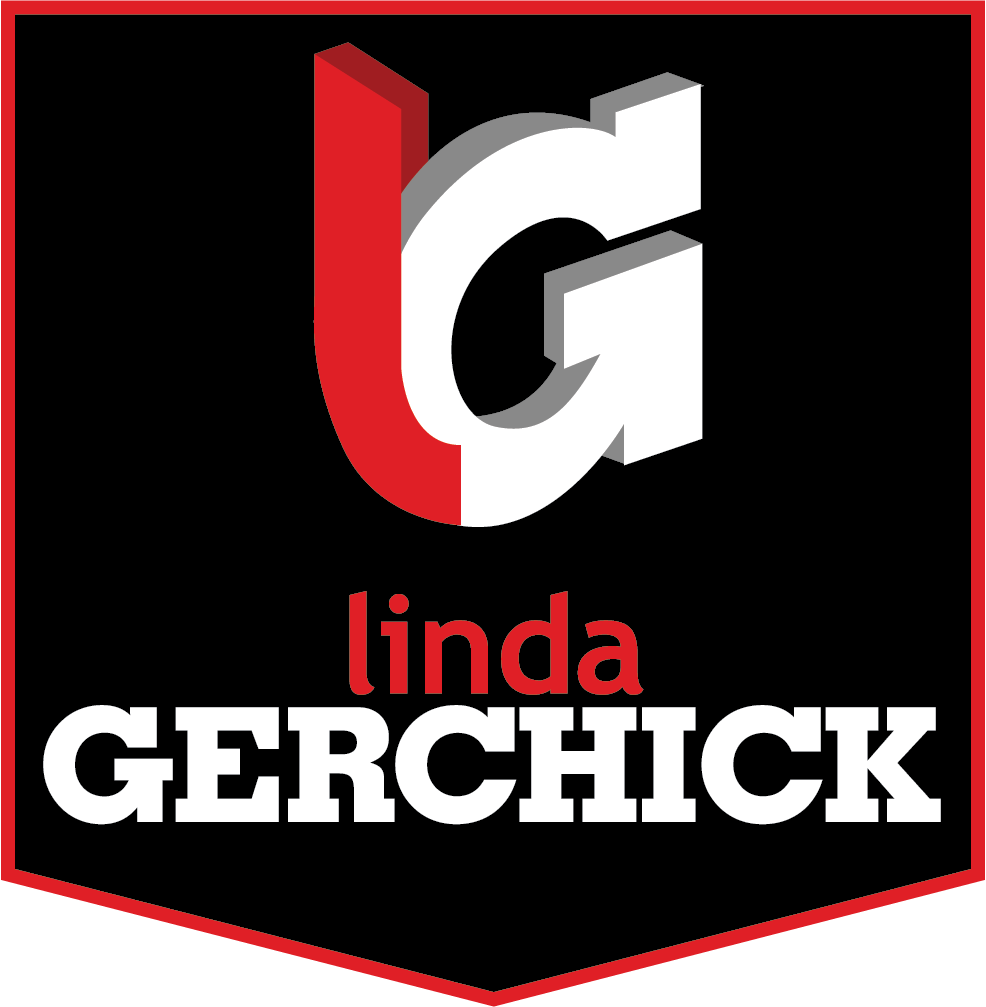Tag Archive for: fourplex
If you asked 100 Professional People to name the top three challenges, time management would be in the three every time. Calls, emails, texts, and social media demand immediate attention. Even the most focused people can be distracted!
The absolute KEY to managing your time is organizing your calendar and STICKING TO IT. This will really keep you on the path and help you complete your tasks every day. Here is how I do it and I am told that I am one of the most organized Professionals in the industry.
The Night BEFORE
I always start my day the night before. I use a task program that is free and so easy to do. I add everything that I want to accomplish-phone calls, mailing, items to get done and yes even picking up dry cleaning. If I see that I have more to do in one day than I know I can get done-I prioritize them. With my task program if I do not complete an item, I can add notes (if I have started the task) and change the date.
As I go down the list, if I find that something is time sensitive, I add it to my google calendar to be sure not to miss the time. I also am sure to set the reminder appropriately. For example, if I need to drive for 20 minutes I put the reminder at 30 minutes so I leave my office and arrive on time.
First Thing when you start your day
Whenever your day starts (mine is usually 4 AM) resist the urge to jump on email or social media. Put your cell on DO NOT DISTURB. Now get to work on your To-Do List. Take time to complete items that can be done without email and phone-usually marketing, blogging etc.
The exception to NOT checking email is if you are expecting a contract as contracts always take precedence. Do not open every email but take a quick scan to make sure that highly important items are taken care of.
Morning
Your concentration, will power and discipline are always best in the morning. I usually make sure if I am doing a financial analysis on properties that I do this in the morning. This is always the best time to knock off the to-do list.
Late Morning-Noon time
Usually when I need to come up for a bit of air, maybe a snack or cup of coffee; I get up from my desk and take a minute. Now, it is a good time to evaluate or even reprioritize the rest of my day. Have I completed the high priorities?
If I have the day under control, this is the time that I look at market items or industry news. Keeping the day organized will let you have the time and energy to take on the unexpected items that suddenly become urgent.
Afternoon
I always put tasks in the afternoon that do not take as much energy or perhaps not as much concentration. It’s a great time to answer all phone calls, emails and texts. Social media takes this time as well.
If the To-Do list has been knocked out or completed as much as possible and you are looking for ways to make your day more productive make calls to your data base or polish your marketing. Prepare for appointments, etc. In the professional world, the successful Professionals do not use the task list completion as the end of the day.
Late Afternoon/Evening
Have a quitting time! You may still take phone calls or check emails. Before you wind down and compete your day-take a minute to go over your tasks one more time to make sure that you have completed all that you wanted to or needed to.
Remember to add your personal time or family time as actual appointments on your calendar! You are not effective unless you have true and enjoyable down time. Someone said to me recently, who will be at your funeral? Prospects or family? This is not to end this on a negative note but to help you stay focused on the items that are important to you!
There are SO MANY so called Real Estate Gurus out in the market place and I really hate to see anyone give them their money! For all of the 20 years that I have selling Investment Real Estate; sometimes it baffles me how these people can take the money from investors-many of whom have little experience.
I have given seminars for Investors since 2003 and I do not want a dime upfront. If I do my job correctly-including educate the Investor; there is not any reason that I do not get compensated for my efforts on a performance basis. Meaning COMMISSION!
Here is what every Investor in Real Estate needs to know-simple steps.
- Pick a Power Team-which means a Broker (preferably a CCIM) that understands the market that you want to invest in.
- With the Power Team- Make sure that the Broker is strong and well connected to the sources that you need(Lawyers, Lenders, Inspectors and other Brokers as well)
- Decide on your PATH. This can mean several things such as what type of asset class do you want. Why do you want to invest? How long do you want to hold the investment? Make sure that your Broker not only understands this but also has the well rounded ability to explore all possibilities with you. Often times when someone visits with me, by the time we are finished with the conversation we are exploring a different path.
- Make sure that you get “papered up”. This means your entity that you are going to use to buy the Asset with. Don’t wait until you go to contract. Contracts can be overwhelming and why not get some of the details completed before you go to contract. You will be busy enough with the Due Diligence that you will not need to be distracted by the paperwork of the Entity,obtaining your EIN number, and establishing the correct bank accounts.
- Speak with either your CPA or your Power Team’s recommended CPA. While your CPA may be great; get the advise of a good Real Estate CPA. Like all professions-some CPAs are better at different things.
- GET QUALIFIED-in today’s world, if you are not qualified the contract is not worth the paper that it is written on!
- Be prepared to write a contract. This does not mean the closing price-it means get the deal and figure it out! Rely on your Broker to advise the offering price. Many markets need a full price offer to obtain the accepted contract.
- ASK QUESTIONS! If I do not hear a question after explaining something; I can only believe that I was understood. The only “stupid” question is the question that is not asked!
I could go on and on and often I do but here is the BEST advise I can give-no matter what market or even country that you invest in:
Give a Tenant a CLEAN place to live
Give a Tenant a SAFE place to live
Give a Tenant responsive property management
Do this and you will not experience vacancies, you should be full and I can speak from experience that you will get above market rents!
Check out our listings Gerchick Real Estate Listings
I have been using Social Media since about 2009. I am active on Facebook, LinkedIn, Twitter and within reason Google Plus with the addition of You Tube.
While I have had articles written about my use of Social Media-there are some thoughts and idea that are important to share.
I also spent a great deal of money to update my website at the end of last year. Over the course of my career I have spent more than you can imagine to create the Branding that I use today.
First, I started on Social Media to “see” what the kids were doing on Facebook. In 2009 not many Real Estate professionals had caught on. In the first six months of using Facebook-I sold 7 properties.
I am currently connected to 5000 people on Facebook. I have a page and a closed group as well. Today Facebook is used to promote everything from a political stance to the food that you have for lunch! I find that I do not log into Facebook like I used to for these reasons.
Twitter started when my Step Daughter, who was about 8 or 9 came to me and said that I needed to have a Twitter account. In the spirit of encouragement, I told her to make one for me. Hence, I am ccimcutie. I did not use Twitter a lot for a long time. Now I use this all the time.
You Tube is used all over my website and I love the platform not only to educate my Clients but to share videos with Clients that helps with marketing.
LinkedIn is the platform that I recommend. As of this morning I am connected to almost 12,000 people.
Here is the secret to social media (and there are NO secrets in marketing) – consistency! I spend approximately at the minimum 1-2 hours a day. I have most of my social media accounts linked together so that I can work on one platform and it will populate all of them.
BEFORE you dive into Social Media spend a GREAT deal of time to develop your profiles. For heaven’s sake get a current professional photo!
I do not hire my Social Media to be done by someone else-they never sound or feel like me.
Remember that when someone connects with you-send a thank you to them and tell them about yourself.
STATISTACALLY, you have 7 seconds to make an impression-don’t use this to tell someone what you had for lunch-no one cares!
When someone endorses you on LinkedIn-say thanks and Endorse them back. ASK for Recommendations and know the difference between Endorsements and Recommendations. Be sure on LinkedIn to list all 50 of your items that You want to be endorsed for! Change the order as the top three is the order that these items are seen. Change them as you evolve in your business.
Block anyone that either annoys you or certainly harasses you! On all Social Media Platforms.
Remember that no matter what your business is – if you don’t tell anyone they will not know who you are or what you do!
In future blogs, I will take each platform and break it down completely what works for me and what does not.
Key Points of Corporate Tax Reform
- Corporate tax reform looks to be a top priority for Congress and the Trump administration
- Supporters are promoting strategies designed to boost the economy
- Changes implemented could have an impact on the markets and investors
Discussions about corporate tax policy are usually just the ticket for those wanting to be left alone at dinner parties. As investors though, we should be aware of how potential changes in corporate tax policy can impact the value of companies of which we are shareholders. In some cases, changes in corporate taxes can have as much impact on our financial well-being as changes in personal tax rates.
Changes affecting imports and exports
There are a number of proposals reportedly being evaluated, but one in particular could have notable implications for the economy, corporate earnings, currency values, and even international trade.
This proposal is sometimes called a “border tax”, but legislators more accurately refer to it by its full title of “destination-based cash flow taxation.” The title may not exactly roll off the tongue, but it denotes the basic idea of eliminating taxes on exports while disallowing the cost of imports as a deductible item for tax purposes. The goal is to incentivize shipping more goods abroad while reducing imports, presumably to encourage more domestic production.
It remains to be seen how far this proposal goes, but in its purest form, it could have significant investor implications. Based on present activity, this proposal could also generate higher tax revenue for the federal government given that the U.S. currently imports more than it exports.
Improving U.S. competitiveness by lowering taxes
The U.S. currently has the highest corporate tax rate in the developed world at 35%, according the Organization of Economic Cooperation and Development (OECD). Allowable deductions and credits lower the actual or “effective” tax rate most companies pay, but the complexity of the U.S. tax code often inadvertently entices businesses to locate operations in more favorable tax jurisdictions outside the U.S.

Benefits of repealing the “repatriation tax”
Any meaningful reform of the corporate tax code is also likely to lower or eliminate the tax on income generated outside the U.S. Currently, businesses face the full corporate tax rate (as high as 35%) on foreign income — but only when the profits are brought home to the U.S. (i.e. “repatriated”). This policy is very unusual and has the unintended consequence of encouraging companies to keep their foreign generated profits outside the U.S. As a result, it can be more appealing for large, multi-national firms to expand production overseas.
It is estimated that domestically based companies held approximately $2.5 trillion outside the U.S. as of the third quarter of 2016 according to Capital Economics, an economic research firm. It’s impossible to say how much of this money would be brought back to the U.S. if rates were cut or eliminated, but reinvesting that cash domestically could have notable economic benefits. Companies could invest in new operations, hire more workers, pay higher dividends, reduce debt, or repurchase shares.
Nothing firm yet, but an issue to watch
Specific proposals for corporate tax reform are still taking shape. The potential of these policies to have material economic or financial market implications, however, makes it an issue worth careful watching. Investors should note that changes to corporate tax laws could have a meaningful impact on their portfolios.
So in this article, I want to share 5 important reasons for real estate investors to invest in multifamily real estate as part of their overall investing plan.
#1 Easier to Finance
Although multifamily investment properties are more expensive than single-family properties, they’re generally easier to finance, all things considered.
While this may sound counterintuitive, investors need to understand that multifamily properties pose less risk for a lender, because multiple families are living under one roof.
Vacancy relating to multifamily and single-family property is just one example of how multifamily properties are less risky for lenders. A vacancy with a multifamily property has less of a negative impact than with a single-family property, because it continues to generate cash flow from rents collected from the remaining families.
#2 Quickly Grow Your Portfolio
Investors can grow their rental property portfolio more quickly with multifamily investment properties than single-family homes.
For example, the time, energy, and expense of purchasing 300 single-family properties with 300 closings can be drastically reduced by purchasing one multifamily property with 300 units. An aggressive investor can grow his portfolio quickly with a few multifamily purchases, rather than taking years to purchase individual properties.
#3 Easier Property Management
Some real estate investors with single-family homes try to self-manage their properties in order to save money, especially when they only own a few properties. Of course, this usually does not bode well for the investor or tenants, and causes major stress for both parties.
Multifamily investment properties can be easier to manage because they produce the cash flow and income to reasonably afford the staff to manage the property.
Additionally, multifamily properties can be less expensive to manage because:
- Professional management staff work full time, and possibly live, on the premises.
- Units in a multifamily property are centrally located, and not spread out over a large geographic area.
#4 More Options for Forced Appreciation
Forced appreciation occurs when an investment property increases in value as a result of actions taken by the owner.
Multifamily properties inherently have more options for owner-driven appreciation, because a small change adds value affecting multiple families, not just a single family. Also, larger multifamily properties have large common areas and community amenities that can be enhanced to add value and force appreciation.
Finally, when breaking down the numbers on a per family basis, the cost per family for the improvements of a multifamily property are often considerably less compared to a single-family home.
Common improvements to multifamily investment properties that force appreciation include:
- Improving curb appeal.
- Updating common areas and individual units.
- Adding and improving amenities.
- Adding security features, such as a gate, security guards, etc.
#5 More Cash Flow
Multifamily investment properties have a greater opportunity to generate cash flow than single-family properties, because of the reasons we’ve discussed.
Higher profits are generated by lower expenses resulting from having multiple units under one roof, when compared to single-family homes spread great distances apart. Also, multifamily properties have centralized and consistent management teams that can generate profits by lowering expenses.
Cash flow is also generated with multifamily properties by consistently forcing appreciation, which results in higher rents, higher profits, and a stronger balance sheet.











